If you have seen our rich gallery of portrait paintings, you might have seen many different types of portraits. There are portraits which includes people with different angles, numbers and settings. These variety of portraits aren’t just random compositions of people’s profile. Each and every setting, size are aimed for a predefined effect. According to the person or a group of people intended to be portrayed, the painter evaluates the needs by the person/group’s social importance, visual features, etc. and decides what type of setting, canvas size, theme, color-pallet and type of depiction should be used for the most desired portrayal.
To differentiate and understand the varity of portraits, down here we have gathered all the major possible types of portrait painting from the renaissance era to the modern world. The list includes the types of portraits according to different contexts. Listed types are according to the depictions and not by the canvas sizes.
According to the Length
1. Full Length
Term defines itself. Full length portraits depicts the person’s full body – head to toe – in the frame.
Such portrait is generally used when the artist also wants to include the background or surround of the person in the picture. Thus, it gives some contextual significance to the portrait. Thus, full length portraits are more colorful, varied and rich of elements than the conventional portraits.
Full Length portraits were popular during 17th and 18th century in European aristocratic circles. Different standing postures demonstrated their significant ranks in the social hierarchy in the time when higher position in society was way more important than we can think, today.
The full body, being the central subject gets special attention of the viewer and that’s why, mostly, artists uses Full length portraits in cases of beautiful women to replicate their feminine beauty on the canvas. In men’s case, full length portraits are generally used when the man has some significant importance or to convey special quirks or demeanor of the man as seen in Leo Tolstoy’s portrait by Russian artist Ilya Repin.
Thus, we can safely say that full length portraits are used to signify the person’s importance in the society or in any other way.
Example of full length portrait shown here is titled as “Lesbia” made by John Reinhard Weguelin. It is a character from the poems of great Greek poet Soppho and Latin poet Catullus.
Click on the link to see our gallery of full length portraits.
2. Half Length
Half-length portraits displays the upper body – up from the waist. It is the most popular and conventional portrait style in which the person could be sitting or standing. Artists generally doesn’t add up much of the background imaginary, surrounding or context leaving the background with flat black or of such monochromatic theme.
Half Length portraits focuses on the person’s facial expression and limiting the viewer’s focus at guessing the temperament of the portrayed person.
From the renaissance era, half-length portraits are popular. Mona Lisa is the best example of the half Length portrait.
Here is a good example of Half-length portraits: Young Beauty with Bouquet by Fritz Zuber-Buhler.
 Only the upper body part is depicted, above waist only. This is a half-length portrait. You can see, that half-length portraits focuses on the person himself/herself more than the full-length portraits. It emphasize on the person that the context or the surround. That’s why, this type is more popular to capture the person’s profile as well as temperament on the canvas.
Only the upper body part is depicted, above waist only. This is a half-length portrait. You can see, that half-length portraits focuses on the person himself/herself more than the full-length portraits. It emphasize on the person that the context or the surround. That’s why, this type is more popular to capture the person’s profile as well as temperament on the canvas.
Gallery of Half-Length portraits.
3. Three Quarter Length
Self-explaining terms doesn’t leave much to explain. Three-quarter length portraits depicts the person as far as to their knees. That’s the simple and short definition and there isn’t much left to know about as the use of such portraits overlaps with full length and half-length portraits. It seems more like a combination of full length and half-length portraits, including person’s pose and the surrounding context.
Though, such portraits are less popular due its “incomplete” depiction of the person. Here is a known three-quarter length portrait: Saint Catherine of Alexandria by Raphael (1507).
It is the perfect example of three-quarter length portraits. Additionally, the painting includes, Unione, one of the four major painting techniques from the renaissance.
The type is useful to find a good balance between the full length and half-length portrait types.
Gallery of Three Quarter Length Portraits.
4. Kit-cat
These are different from the Kit-cat Clocks. Kit-cat could be understood as the sub-genre of the half-length portraits as it is no different with an exception that a Kit-cat always includes the person’s hands in the picture. They are also slightly less than the half-length portraits.
The name derives from the Kit-cat Club of London. It was a small group of notable people including writers and lords. Godfrey Kneller commissioned the portraits for the each member of the club. These portraits were then called the Kit-cat portraits in which the hands of the persons were included in the painting.
Thus, such portraits started to be called as Kit-cat Portraits.
Example: Mona Lisa by Leonardo da Vinci as it fits perfect in the type of Kit-cat portraits.
5. Bust Portrait or Head and Shoulders Portrait
Bust portraits or Head and Shoulders portraits are the compact versions of the half-length portraits. As the terms defines, they focuses on the person’s bust only giving the painting more resemblance to a bust sculpture.
Here is a Vincent van Gogh’s self-portrait exemplifying the bust portraits: Self-portrait without beard by Vincent van Gogh.
Most of the canvas is taken by the body of Vincent van Gogh himself leaving no place to add any background or other objects. Thus, head and shoulders portraits firmly sticks to their name.
6. Portrait Miniatures
Apart from the size of the canvas there isn’t much difference that the regular portrait. Instead, a portrait miniature could also be a full-length, half-length or three quarter length portrait. Though, due to their small sizes most artists depicts people with half-length or bust portraits.
 Portrait miniatures are really small compared to regular portraits. In old times, such portraits were used to put inside the pendant of a necklace (or the portrait itself being the pendant), in rings or under the cover of a pocket-watch.
Portrait miniatures are really small compared to regular portraits. In old times, such portraits were used to put inside the pendant of a necklace (or the portrait itself being the pendant), in rings or under the cover of a pocket-watch.
Such paintings are much older and famous that you can imagine. Limbourg Brothers from the 14th Century were the miniature specialists at the time. Though, their work was more about making the small, detailed paintings for the Illuminated Manuscripts. But, they also depicted some portrait miniatures.
The average size of miniature portraits are around 2 to 3 inches. Though, according to the purpose the size could vary.
Gallery of Portrait Miniatures.
According to the Pose
1. Profile View
Profile paintings are more like mug shots clicked at the police station. But, profile portraits generally doesn’t include the front face. Person’s profile of face or the whole body is the main concern as see in this example: Portrait of Guy William Hopton by Annie Swynnerton.
In a profile portrait, artist is more concerned about depicting the physical form-factor from a fixed angle. It is similar to taking a profile photo.
Gallery of Profile View Portraits.
2. Full Face View
A painting which depicts the person’s full face weather it is looking direct to the viewer or not, is called a Full face view portrait painting. The pose is also used in photography.
Full face view portraits highlights mainly on the face describing every details. We could also call it a Front Face view, though many a time, even after being a full face view portrait, the person doesn’t directly look at the viewers.
These terms gets overlapped to each other with slightly different characteristics. As seen in the example down here, the painting is clearly a Three Quarter Length portrait. Still the whole face gazing directing at the viewer tells it as being the full face view portrait: Portrait of Georges Rodenbach by Lucien Levy Dhurmer.
Gallery of full face view portraits.
3. Tronie
Tronies were the output of the Dutch Golden Age. Before the Dutch Golden Age (17th century) in Netherlands, people were afraid of representing themselves in the portraits. The social pressure made them stand for the portraits in very steady, rigid and emotionless.
When this barrier was broken in Dutch Golden Age, the fear and restriction were gone and artists began to capture the most hidden emotions of people on their canvases. The subject-person’s importance in the society didn’t matter much. The reason is that, now, they were determined to capture the unique and natural expressions, which weren’t shown before. Even the smallest emotions like a smirk or suppressed anger.
And this new genre of portraits focusing on the human expressions often with different poses of head (contrary to a portrait’s rigid emotions) were called as “Tronie.”
The origin of the word itself is from the word Troigne used to describe head, face and expression of face.
Rembrandt and Johannes Vermeer were the Dutch artists who were known for depicting their own tronies. The most famous tronie is named “Girl with a Pearl Earring” by Johannes Vermeer or the “Dutch Mona Lisa” as it is called sometimes.
Here are some other examples of a Tronie portraits:
4. Three Quarter View
Three quarter View is neither a profile nor a full face. It is the middle way. Person’s head is posing in between of those two poses.
Most self-portraits of the painters were in the Three Quarter View due to the way they used to depict themselves.
Famous artist with such self-portraits is Vincent van Gogh whose most portraits could be defined as the Three Quarter View portrait paintings.
Example: Self-portrait by Vincent van Gogh (1887)
Gallery of Three Quarter View Portraits.
According to the people included
1. Individual Portrait
Individual portrait portrays a single person in it. Most portraits are individual portraits. Individual portraits generally used to emphasize the portrayed person’s life, stance, and social rank or create a memoir of him/her. Before photography was developed, people used to have made their portraits made as a visual memoir.
Example: Portrait of Leo Tolstoy by Ilya Repin
Gallery of Individual Portraits.
2. Double Portrait
Double portrait just adds another person in the individual portraits. This type could be used to represent the bond between the two person or delivering a meaning in it by adding two people. Both people could have different characteristics and their contrast could generate a new meaning for the viewer. Thus, double portraits opens up a much larger and wider opportunity than the individual portraits. Here, the artist could play with the contrasting or matching personalities of the both people and create a new sense, relation or message through a double portrait.
Most famous example of a double portrait is the American Gothic by Grant Wood.
3. Self-portrait
Self-portraits are the paintings of the painters made by themselves. Those acts like a memoir for them. They are the early versions of selfies. Here is an alleged self-portrait of Leonardo da Vinci.
We realize the importance of artists’ self-portraits when we know that how many people are researching to find out the true face of Leonardo da Vinci.
4. Group Portrait
A group of people included in a painting could be said as the group portrait.
But, that’s not the perfect definition. Would you consider this a group portrait?
To some extent, it could by said as a group portrait as it includes many people in a scene. But, more accurately it is a cityscape of a village (or villagescape?). It depicts a whole village and its ongoings. So, that’s not a group portrait.
A group portrait, more accurately, is the painting which focuses only on the members of the group and doesn’t include any other distractions which can divert people from the group.
Moreover, in a group portrait, generally, people sit or stand side-by-side, in similar ways to an individual or double portraits. Here, the number of people is just raised to be more than two.
Though, it isn’t a definitive rule to sit people straight giving stern looks. Here is a relaxed example of a group portrait:
Can we call The School of Athens by Raphael, a group portrait? What’s your guess?
Nowadays, as the art has matured, the styles and types of portraits have got overlapped and more than one type are used in a single portrait.
Portraits provides the close appeal of the person and if the artist is ample at his work, you could see the person’s temperament on his face (called as Memento Mori developed by Leonardo da Vinci).
Now that you know about portraits, lets evaluate your understanding of them. What type of portrait is this one:
Group? Individual? Full-length? Or is it a portrait at all (a genre painting, maybe)? What’s your answer?



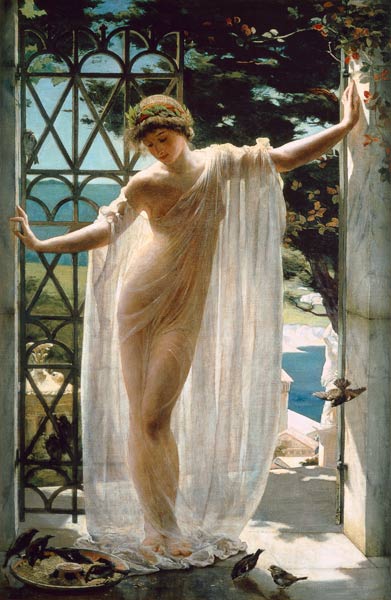
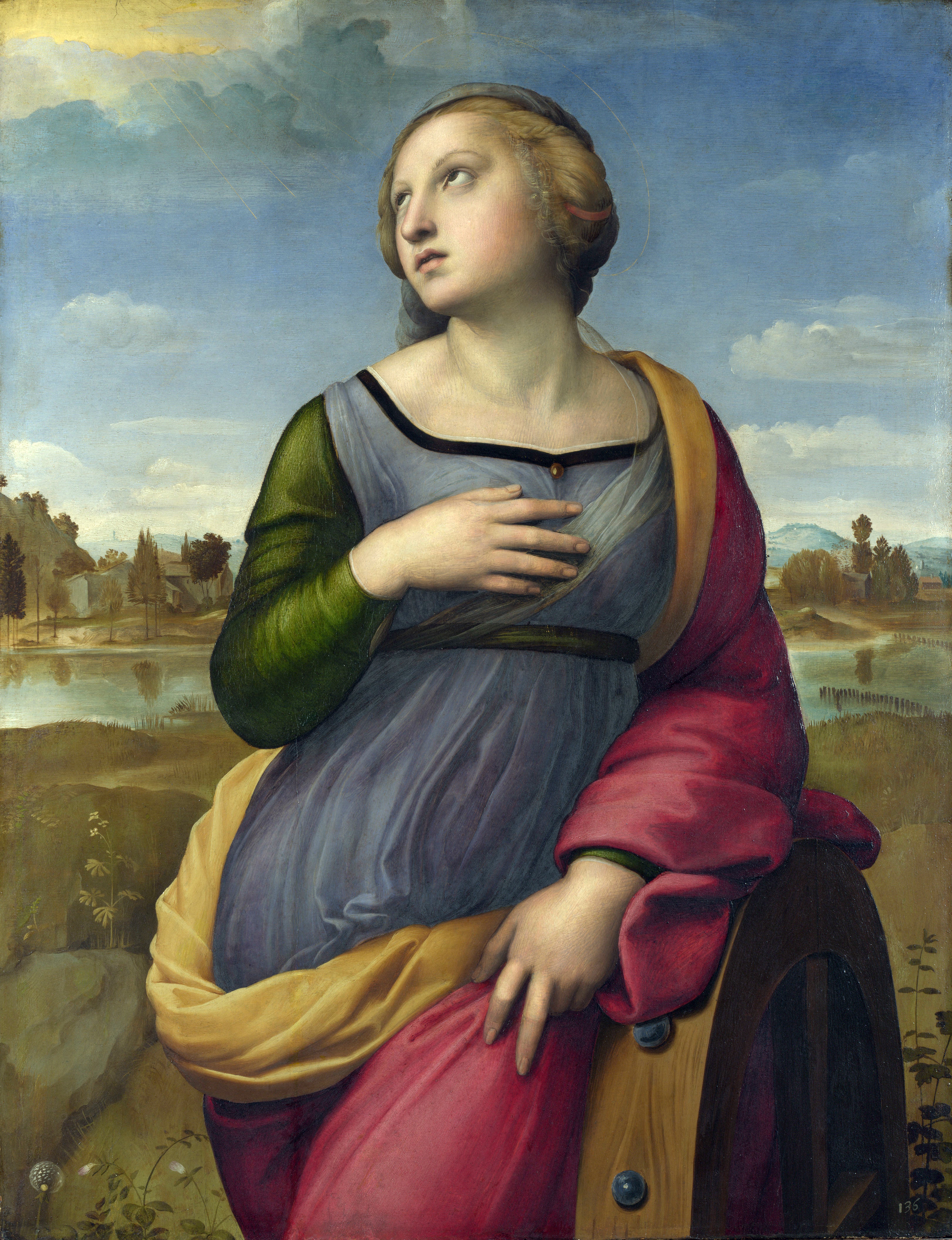
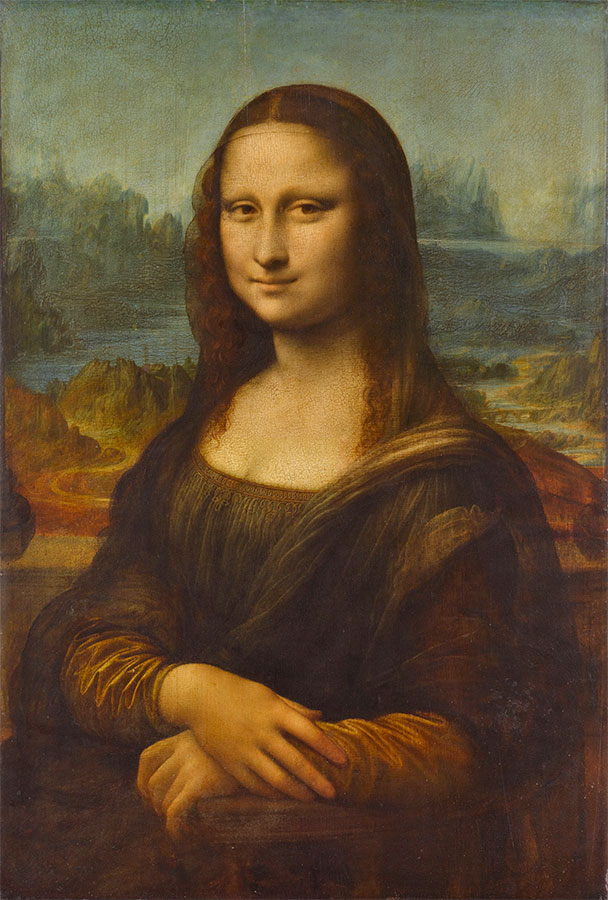
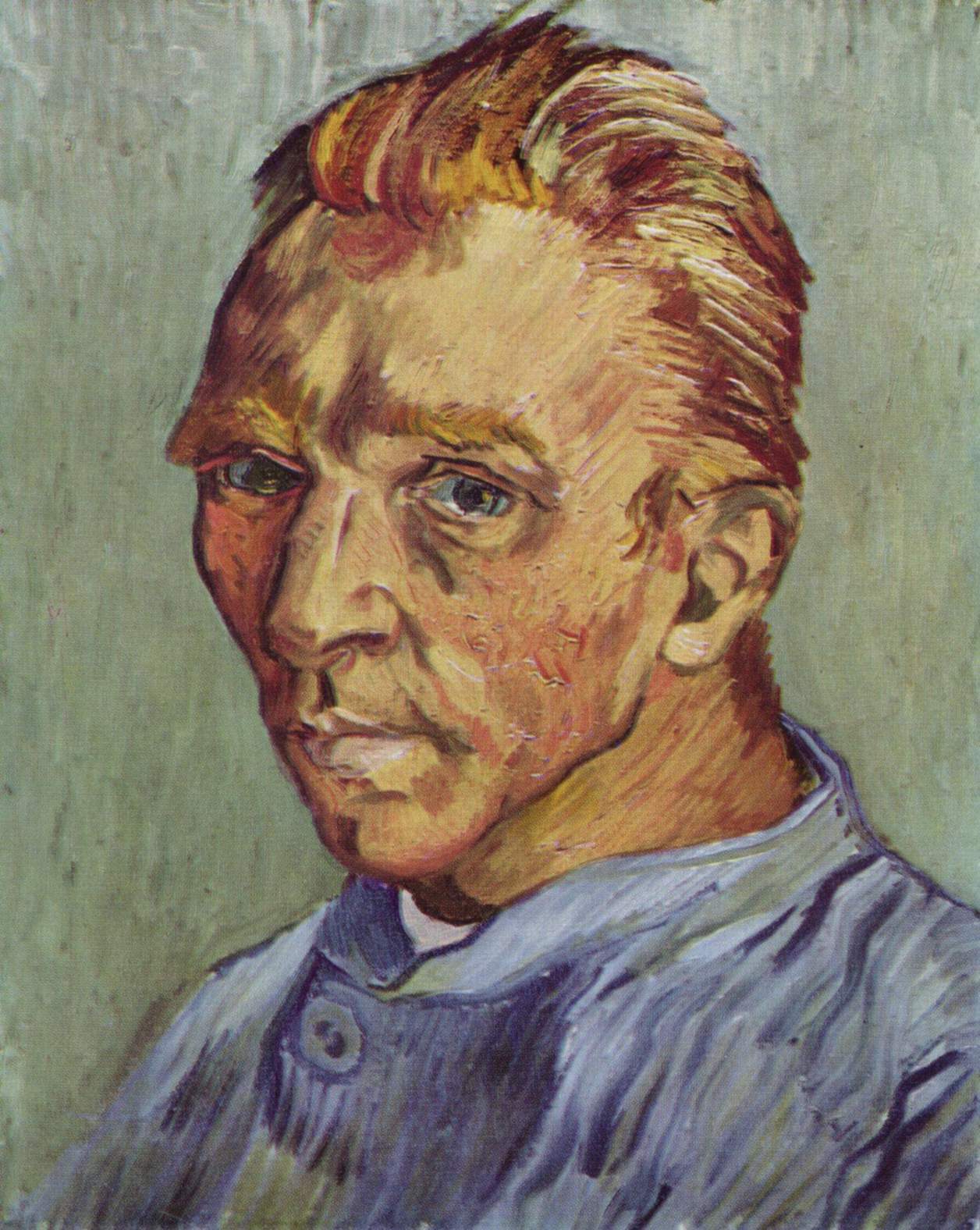

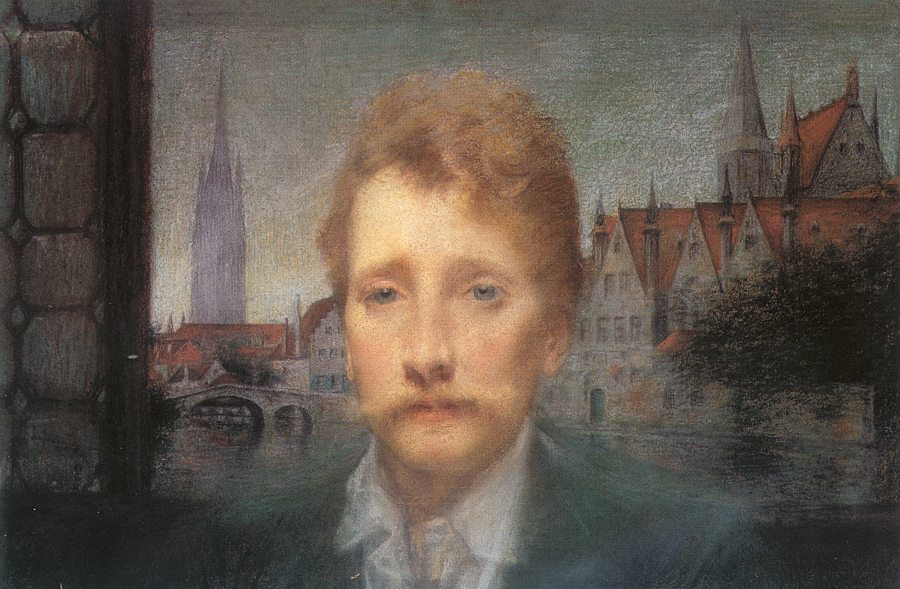


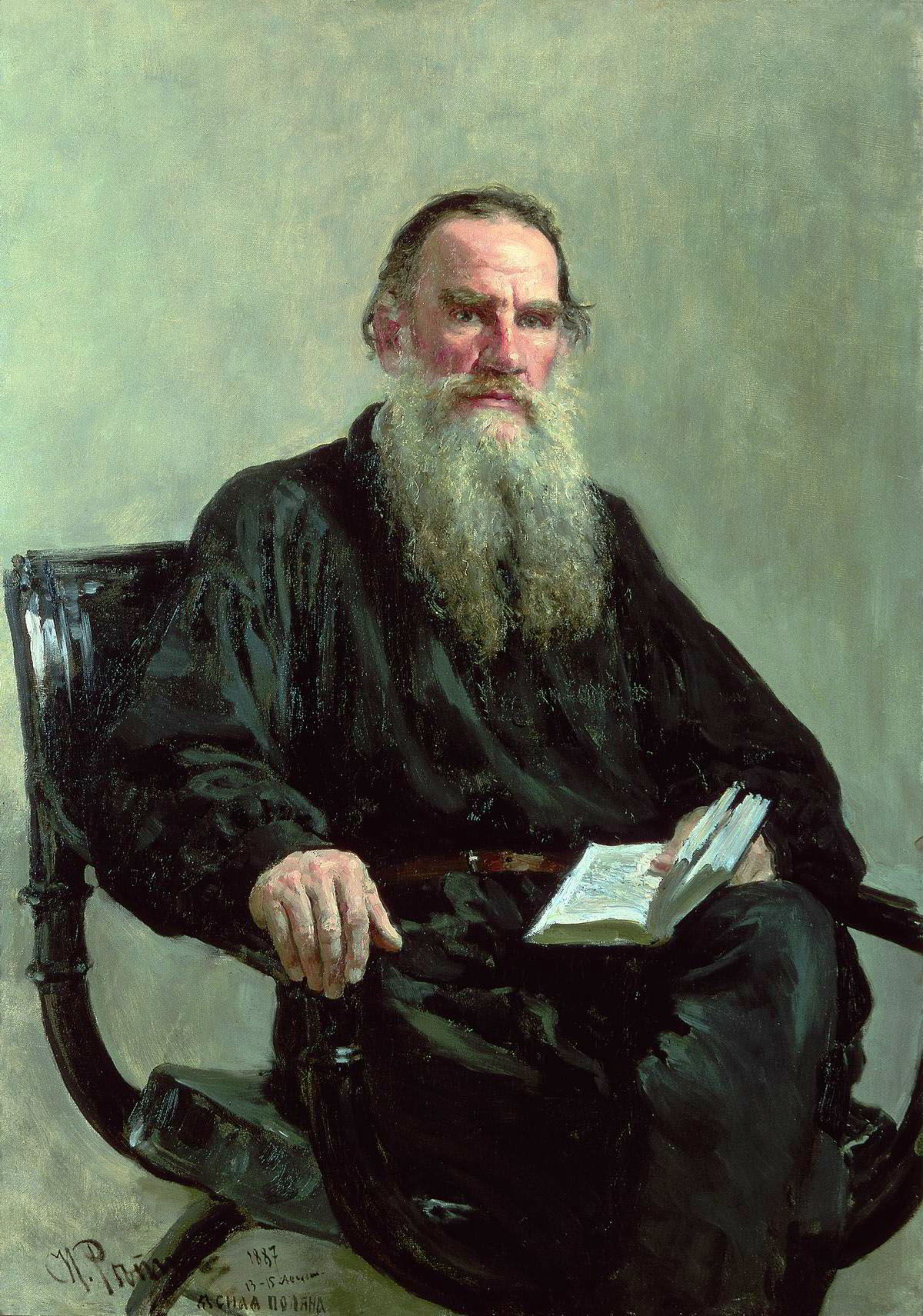
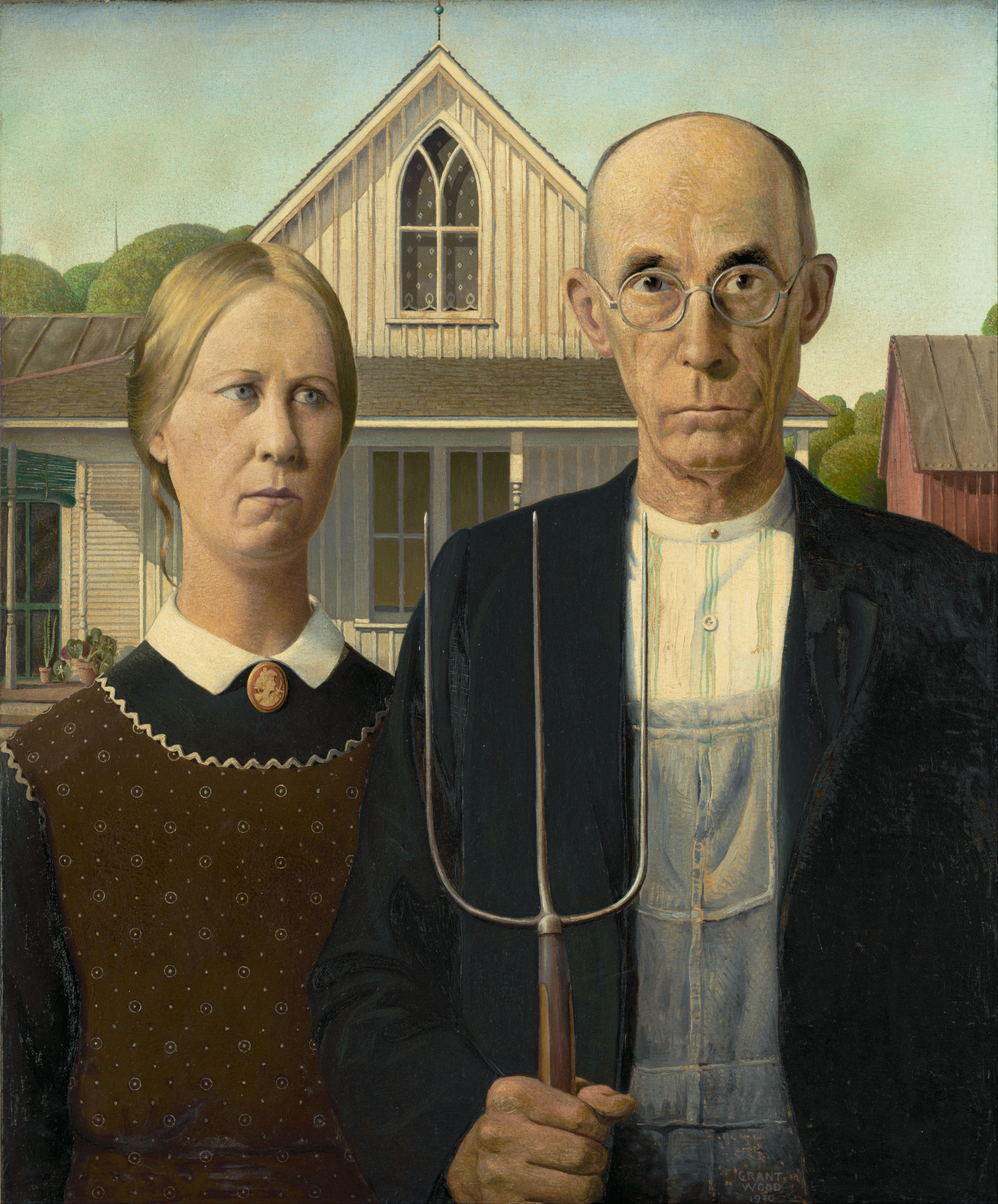
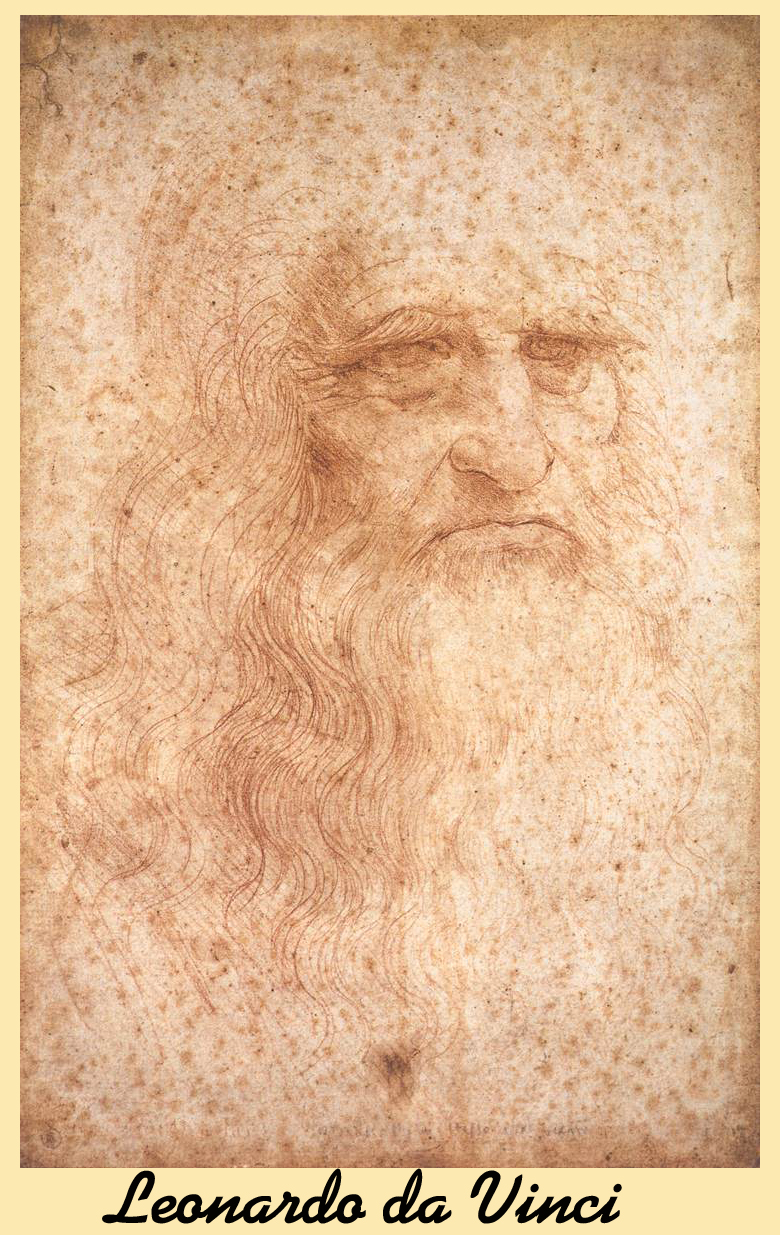
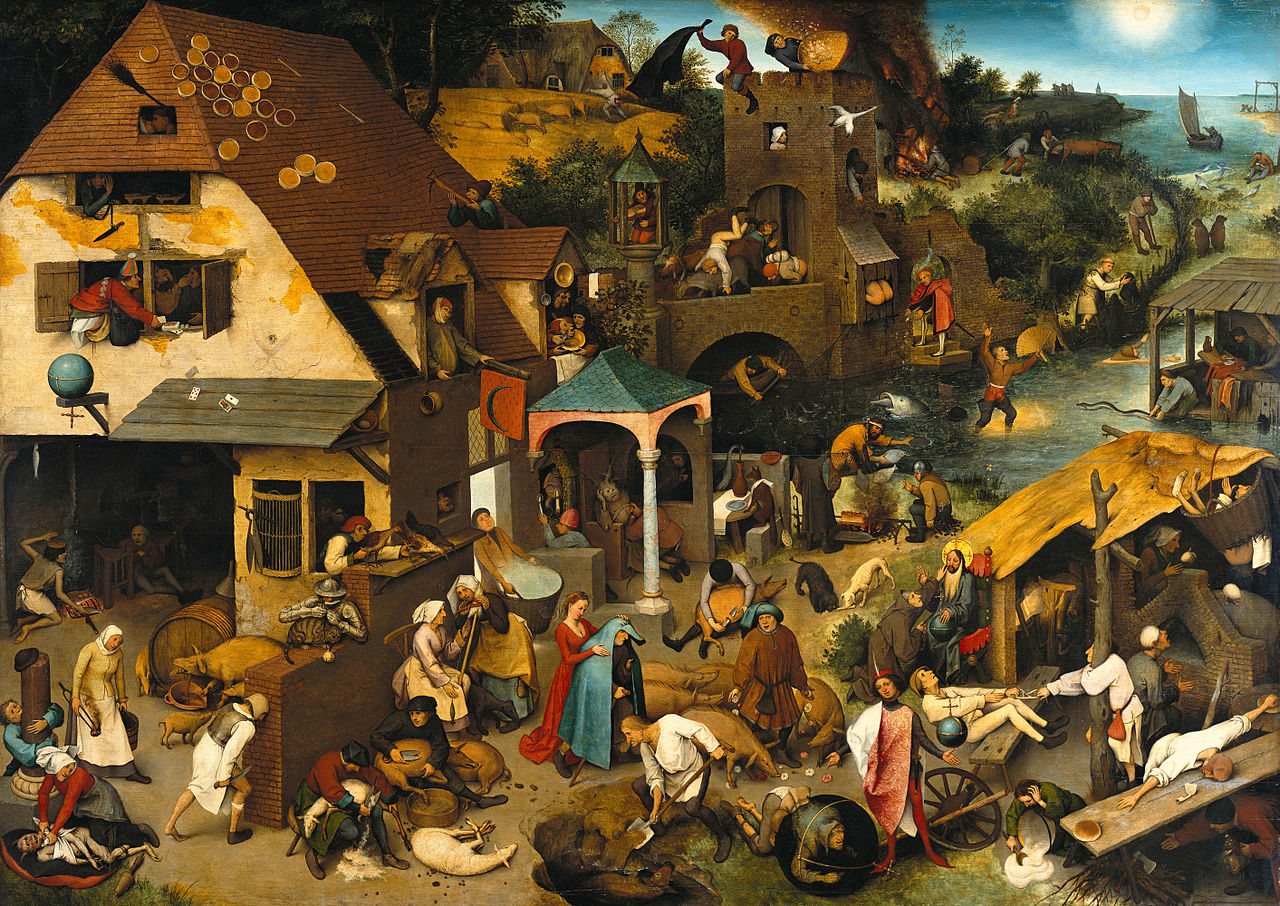
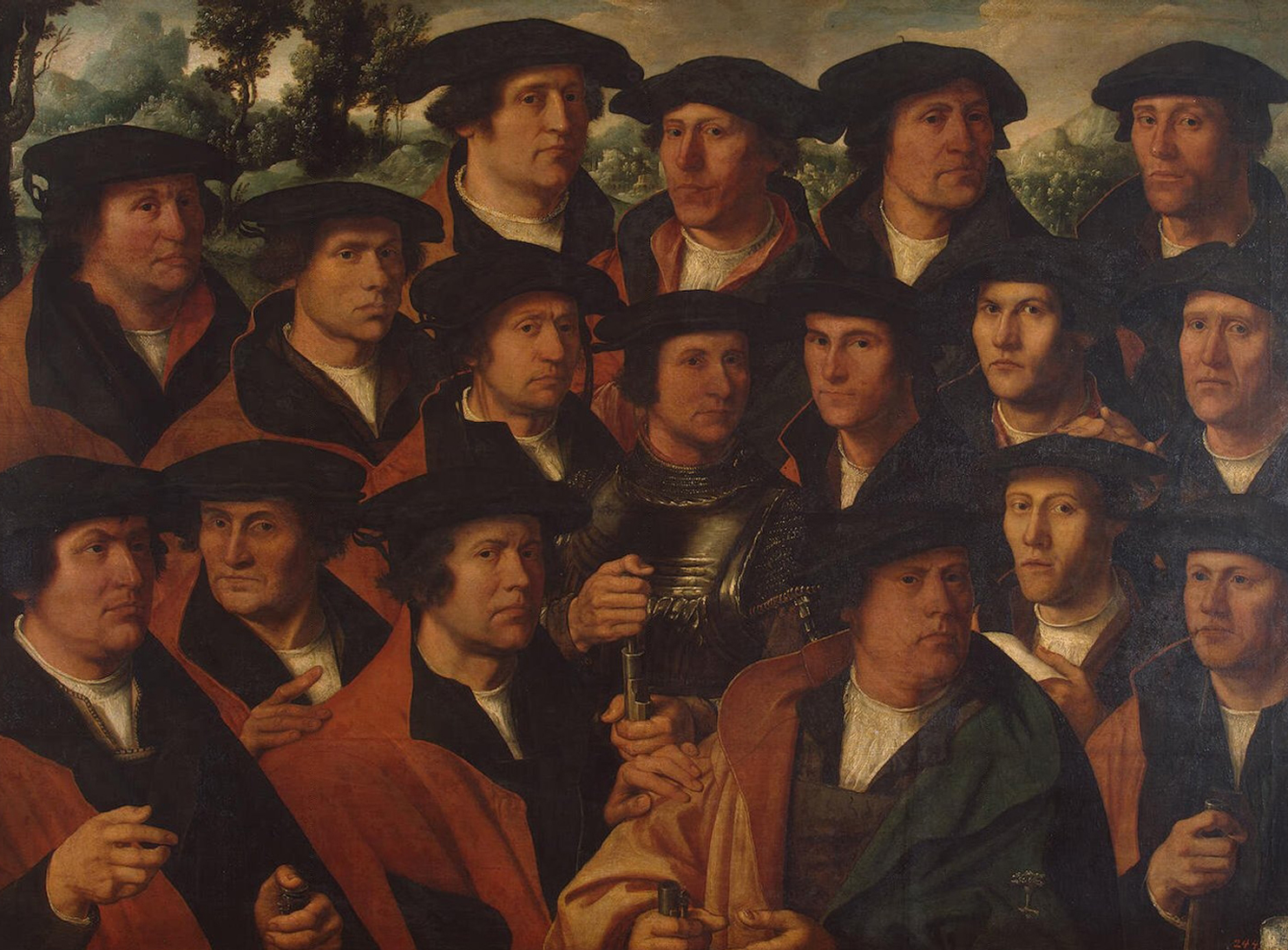
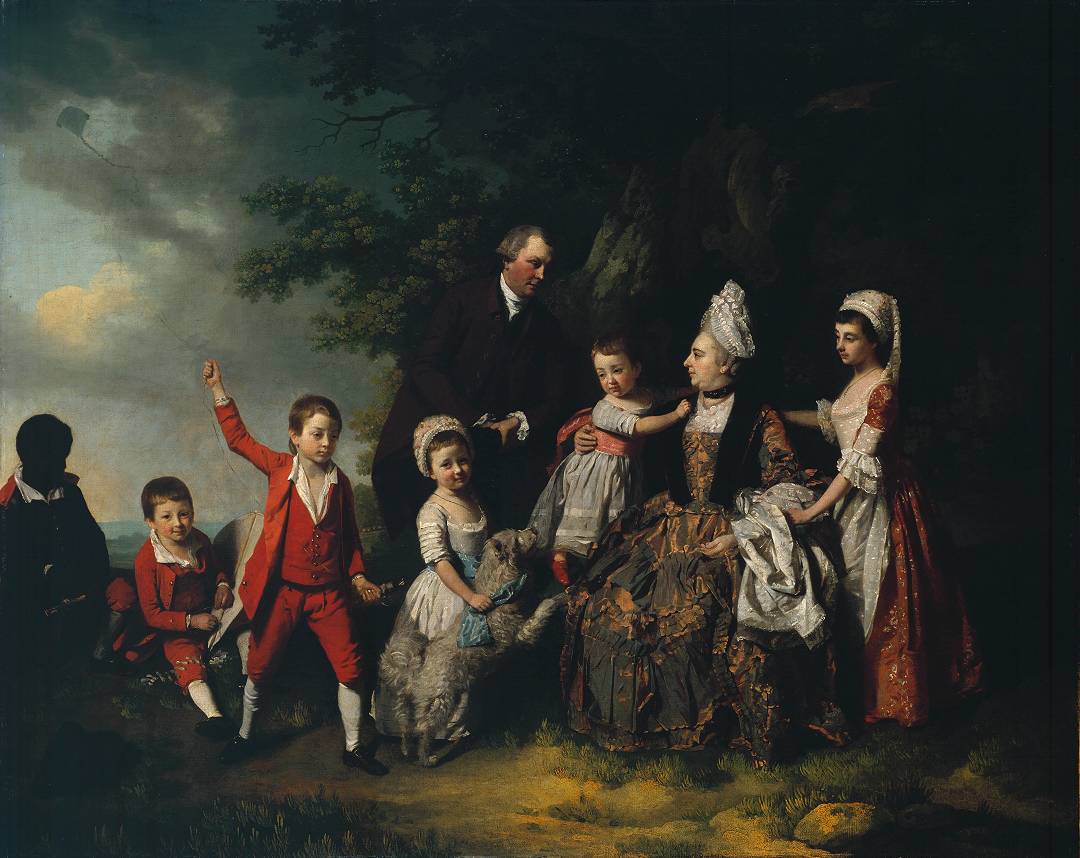

Thank you. Help identify the type of drawings I do.
full view